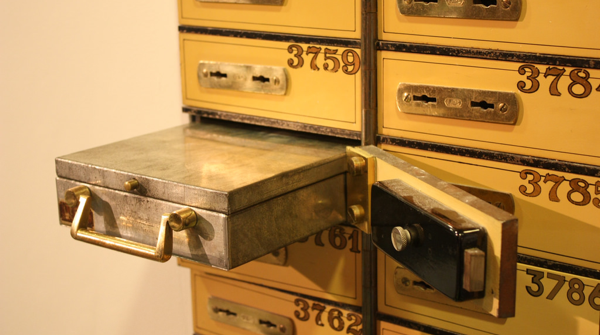I’ve been working with open resources for some time and have recently wanted to make a profound shift in the way I think about open permissions, or “the 5Rs” (Retain, Reuse, Remix, Revise, Redistribute) as they are known. TL;DR: Let’s move away from thinking of the 5Rs as qualities of artifacts and instead think of them as tools we use in the activities of opening knowledge practices.
Our tendency to focus primarily on the openness of objects comes out of a couple of things. First, a deep bias in our (Western) culture to privilege objects over activities, primarily because objects are so much easier to collect, catalog, measure, own, and therefore buy and sell. The bias is so strong that we often turn both beings (like humans and other living things) and activities (like education or research) into objects so that they can more easily participate in the economy of things. (I can’t resist pointing to the obvious connections here to other conversations, like objectification in psychoanalytics and reification in Marxism.)
Also, it’s no surprise that we would focus on artifacts when the 5Rs and the open licensing that supports them have grown out of copyright, when copyright itself is primarily a mechanism designed to turn activities into artifacts. Copyright is a machine to produce intellectual property that makes things out of actions precisely so they can be collected, cataloged, measured, owned, and bought and sold.
The wrench that open licensing throws in the intellectual property machine has powerful and necessary effects, but for me, it’s now most important to refocus our attention on the goals we want our interventions to help us reach, and therefore, on the activity of our interventions rather than their products. This means we turn our focus away from the production and consumption of open artifacts and turn towards enabling and spreading the practices that themselves open knowledge.
So rather than focusing on questions like “Does this artifact permit me to retain/reuse/remix/revise/redistribute it?” I want to ask instead “How does retaining/reusing/remixing/revising/redistributing enable ongoing processes to open knowledge practices?”
Instead of measuring the value and openness of this or that project by the degree to which its artifacts match the 5R checklist, I want to enable and spread open knowledge practices, in part — but not exclusively — by asking if practices are or can be empowered by using the 5Rs as tools. Not all of the 5Rs are useful or necessary in every context.
For example, when folks are working to transition learning materials to open, it’s less important that every resource they use is fully “5R compliant” than it is that the transition itself generates an opening for the actual humans involved in teaching, learning and scholarship that can be sustained and improved.
We might even ask if there may be times when the 5Rs are not part of opening some specific knowledge practices at all. Food for thought.
So while I’ve seen some recent moves to define open educational practices as those that use 5R artifacts, I would reverse the priority and instead include the 5Rs as some of the tools in our open toolbelt.
Bonus question: Where were you when the 5th R was born?
